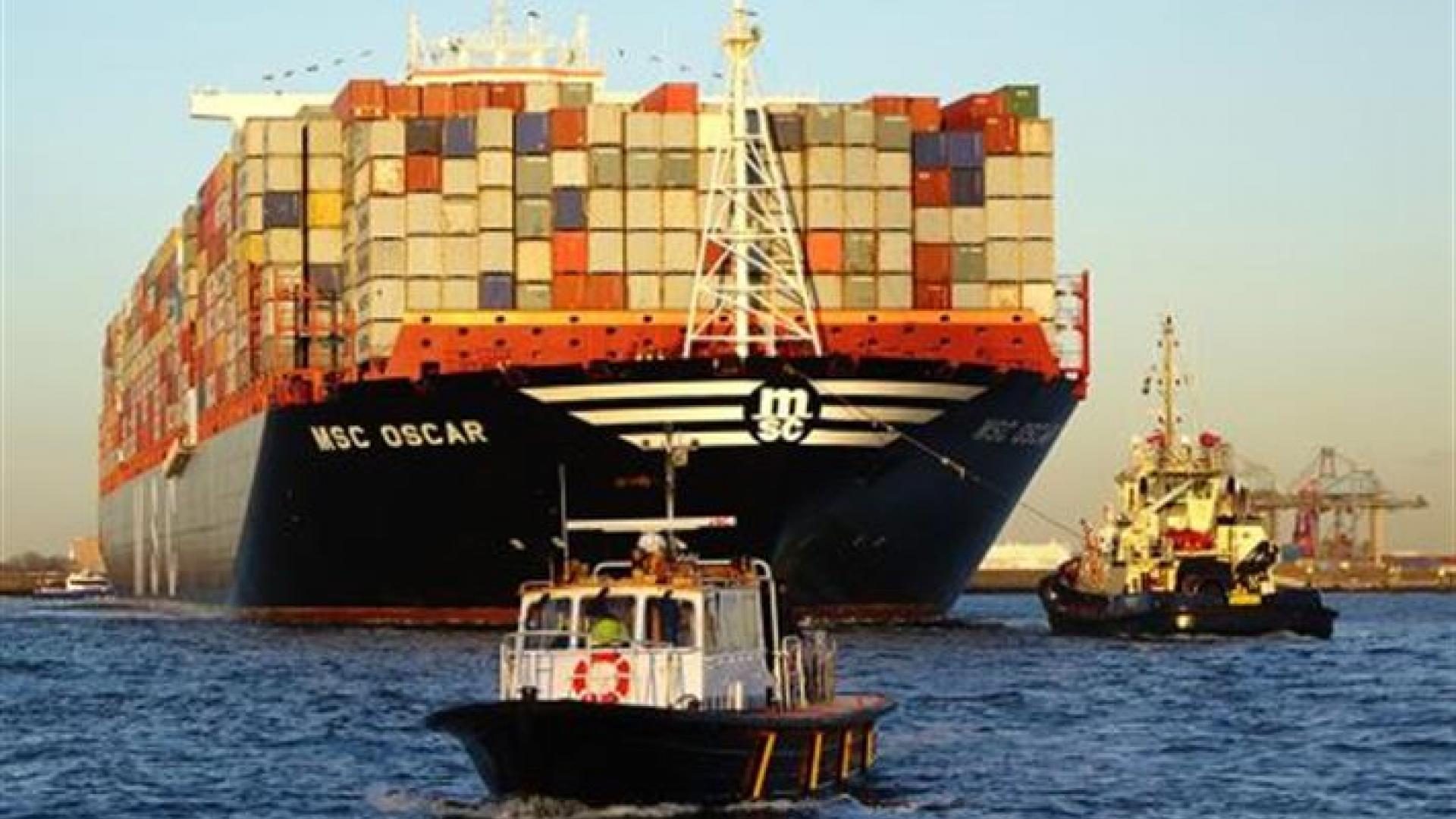Ocean noise is increasing in prevalence and scale from human sources such as cargo shipping, seismic blasting, active sonar, pile driving and fishing vessels. The extent to which it is changing the character of the ocean soundscape and impacting marine life and their habitats is a largely understudied and unaddressed area.
A multi-institutional meta-study published in Science, in February 2021, The soundscape of the Anthropocene ocean, documents the adverse effects of this sonic footprint, and presents a path toward solutions in a context of ocean health and sustainable ocean economies.
The Anthropocene, a term coined by Nobel Laureate Paul Crutzen, refers to the current period in the history of Earth where human actions and pressures are the dominant influences on most of the processes that govern the functioning of the biosphere.
Dr. Carlos Duarte, lead author and distinguished professor of marine science at KAUST, commented:
"The Anthropocene has been examined from multiple perspectives, but one that has not been addressed is the soundscape of the Anthropocene. This paper is the outcome of a workshop I organized at KAUST in February 2019, after two years of planning and more than five years of thinking about it, that convened colleagues from around the world to address this knowledge gap. Noise propagates much faster and further underwater than it does on land. Evidence indicates that ocean noise interferes with how marine animals hear, communicate, and respond to the ecological processes they depend on for survival."
Read the full article

